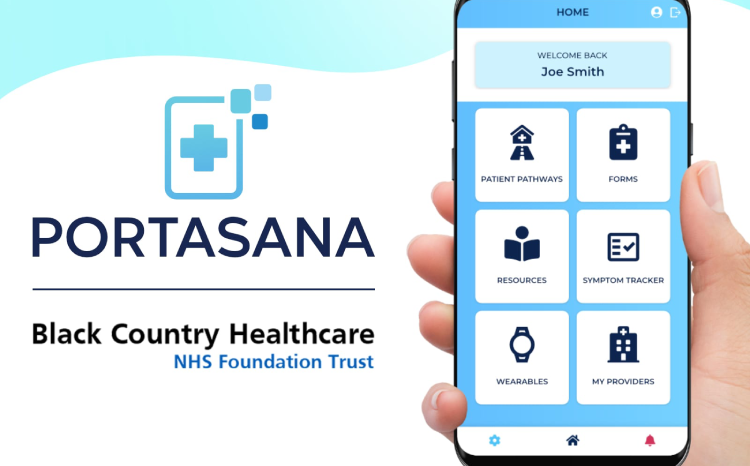Behind the scenes of an EPR deployment: go live
- 16 April 2009
 |
|
Benenden Hospital |
E-Health Insider recently reported that Benenden Hospital had gone live with its Oasis electronic patient record system. For the third of EHI’s features on the deployment, Sarah Bruce went to Kent to find out how the go-live went and what the outcomes have been.
Benenden Hospital is an independent hospital in Cranbrook, Kent, that offers treatment to the 900,000 members of its parent organisation, The Benenden Healthcare Society. It also provides services to NHS patients who choose to be treated there.
The hospital, which has 50 beds, admits 7,500 patients a year and sees a further 42,700 outpatients. In 2006, it reviewed its IT and information’s systems strategy and decided it needed an integrated clinical system that could interface with its existing corporate systems and new clinical modules.
Subsequently, it signed a five-year contract with Oasis Medical Solutions to implement a new electronic patient record system.
Deploying Oasis
This was initially scheduled to go-live in February 2009, before the date was brought forward to December 2008. The system was configured by the end of 2008 and several parts implemented, including Scantrack in the hospital’s theatres.
However, the hospital eventually decided that rather than go-live early, it would be more valuable to spend extra time on data conversion and training. It finally went live in mid-March.
Denise Telford, head of clinical services at Benenden, told E-Health Insider: “We were very happy that we reverted back to the February/March schedule as it was definitely ready to go-live when it did.”
The hospital now has a live patient administration system, including multi-resource scheduling functionality, and clinical workstations with integrated, real-time clinical coding functionality. The hospital has also deployed a complete roll-out of Oasis’ PaperLite integrated document management and Choose and Book version three.
Training the trainers
Benenden used a ‘train the super-user and train the trainer’ scheme recommended by Oasis to make sure staff were familiar with the system and to provide support once it had gone-live.
Telford continued: “The training cycle took place over a four-week period. Staff were only trained on the relevant area and not on the whole system, so no department was without a member of staff for more than a couple of hours. Many consultants attended evening sessions.”
The training was conducted in separate training suites with additional PCs. At the end of the training, staff had to confirm that they were satisfied with their understanding.
“Staff have really exceeded our expectations,” said Telford. “The train the trainer idea has worked well for us. People feel a lot more comfortable asking their ward clerk what to do than an IT professional.”
There was a separate work stream for staff identified as being apprehensive about the system or less computer literate than some of their colleagues.
Julie Laidlow, manager of the day surgery department at Benenden told E-Health Insider: “The main concern that these staff had was that the IT system would be in charge of them, so I had to encourage staff that they would be in charge of the system.
“It’s still taking a while for people to understand; people are still asking me how to print off documents.”
Implementation
The EPR was fully implemented as a ‘big-bang’ on Friday, 13 March, although the old patient administration system was left on for two days so staff could get used to the change-over.
Benenden supplied Oasis Medical Solutions and its own staff with on-site hotel facilities so they could work on the deployment over the weekend. As of Monday, 16 March, the new system has been used successfully by Benenden’s 300 staff.
Telford explained: “We put notices up on the Friday to let the staff know that the switch-over was about to happen – but most of them have been so involved with the process that they already knew. Since then, we’ve had complete continuity of service with no errors within the first few weeks.”
Reaping the benefits
The hospital is starting a ‘lessons learnt’ exercise to evaluate the deployment, and will monitor expected benefits over the next three years.
Telford said: “We are seeing the benefits already in the way that less communication is needed between departments and there is less passing over of paperwork. However, the financial benefits won’t show for quite some time.”
The hospital is also launching a second phase of deployment, which will provide Oasis Access Kiosks for patients and integrate the new system with The Benenden Healthcare Society’s head office system.There are also plans to integrate the hospital’s PACS system, which is already up and running.
Teleford explained: “Although it is a long way off, we hope to be able to do more with the new system. Eventually, that could include implementing voice recognition and e-prescribing.”
Related articles
Behind the scenes of an ERP deployment
Behind the scenes of an EPR deployment: part two




